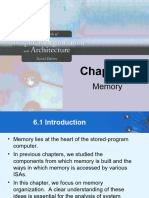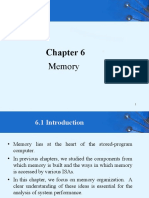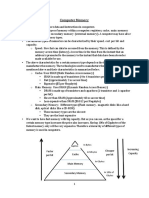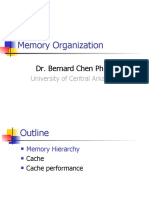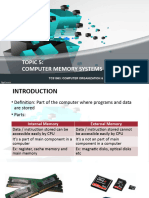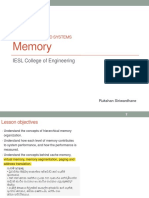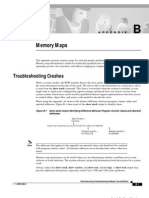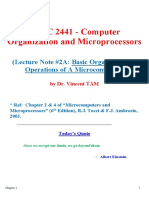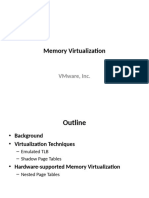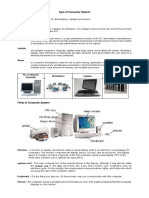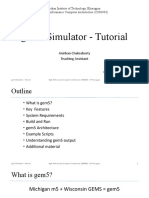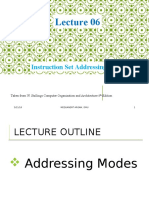0% found this document useful (0 votes)
5 views66 pagesCOAP Chapter 6 - Memory Organization
The document discusses memory organization in computer systems, detailing the hierarchy of memory types, including RAM, ROM, and cache memory, along with their characteristics and differences. It explains the roles of dynamic and static RAM, various types of ROM, and the importance of cache memory in enhancing performance through hit ratios and mapping techniques. Additionally, it covers secondary memory types, such as magnetic disks and their advantages, including RAID technology for improved data storage and redundancy.
Uploaded by
herid72018Copyright
© © All Rights Reserved
We take content rights seriously. If you suspect this is your content, claim it here.
Available Formats
Download as PDF, TXT or read online on Scribd
0% found this document useful (0 votes)
5 views66 pagesCOAP Chapter 6 - Memory Organization
The document discusses memory organization in computer systems, detailing the hierarchy of memory types, including RAM, ROM, and cache memory, along with their characteristics and differences. It explains the roles of dynamic and static RAM, various types of ROM, and the importance of cache memory in enhancing performance through hit ratios and mapping techniques. Additionally, it covers secondary memory types, such as magnetic disks and their advantages, including RAID technology for improved data storage and redundancy.
Uploaded by
herid72018Copyright
© © All Rights Reserved
We take content rights seriously. If you suspect this is your content, claim it here.
Available Formats
Download as PDF, TXT or read online on Scribd
/ 66
